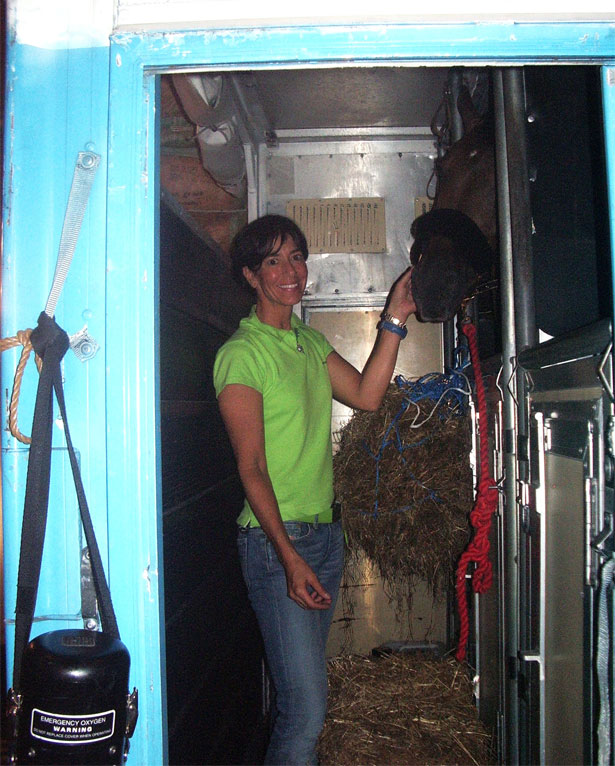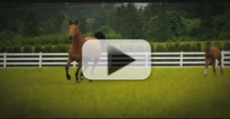With the Olympics in full swing and Dressage receiving some new elevated status due to Steven Colbert’s videos regarding his take on the discipline, we the riders are now posed with many more questions from outsiders. I would like to answer the most popular and recently asked: “How do the horses get to Europe?”
It’s simple. They fly in their own section of a commercial airplane!
During my riding career, I have logged well over 20 flights with horses to and from Europe as a groom on KLM Airlines and, in most cases, they have been uneventful (thank goodness)! A few tense minor emergencies but I have not experienced anything that wasn’t handled in-flight by the certified veterinarian who is always on board tending to the animals. I say “animals” because horses, humans, and small animals are sometimes not the only creatures on board. Yes, elephants do fly!
Let me briefly explain the process leaving out many of the small (but, of course, important) details.
I will begin with the horse arriving to the airport. In Europe it is a little different then in the US, but primarily inspectors review paperwork  (passports, etc.) and the equine passenger before accepting them into the holding area. Quarantine is highly protected in the US and owners have boundaries at the intake facilities always adjacent to airports. (For those of us on the West Coast, we mainly fly out of LAX.)
Once the horse is approved, they are loaded up a ramp into a metal container made up of two or three standing stalls. The size of the stall you pay for is adjustable and optional. It looks much like a starting gate at a horse race. When the horse enters the stall the doors are closed behind and it becomes a small capsule and is loaded onto the trams you see hauling food from airline caterers, luggage, or large cargo. When you are inside the capsule, it rides much like a horse trailer.
Once you arrive to the aircraft, it is usually quick to be rolled onto a platform that lifts us high up into the air and into the cargo section located aft of the plane. This often creates tension and fear in the horses due to the lateral jerking and noise of the rollers. Once the container is in place they seem to settle and the frequent travelers begin to eat from their nets filled with hay.
Next we prepare everything for inflight. Check doors, latches, safety equipment, and, of course, making sure our first timers have carrots that we feed them during take off, turbulence, and landing. The aforementioned “famous three” are when it becomes most difficult. As a passenger, you are strapped down snug into a seatbelt. Horses are standing loose in their box with a single tie to a metal loop with a lead to their halter (as seen in the photo above). That’s it. So when we hit rough air or have crosswinds on take off or landing, we stay with the horses attempting to calm them. I have had horses sit down at take off, and fall down during landing but either way they are resilient and survivors and typically come out unscathed.
Once we arrive to our destination the procedure is reversed and the horses are off to their next destination ending with….. “We hope you have enjoyed your flight and have a nice day!”





